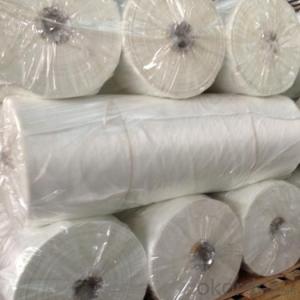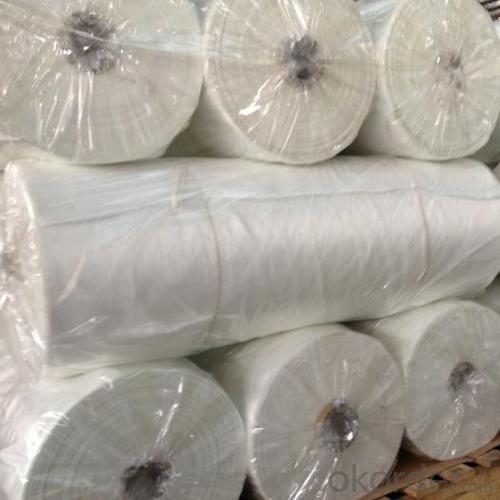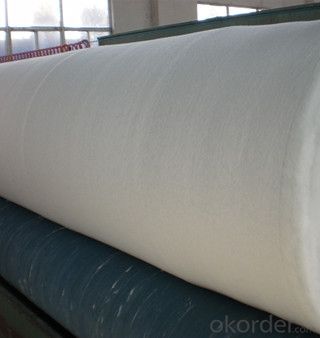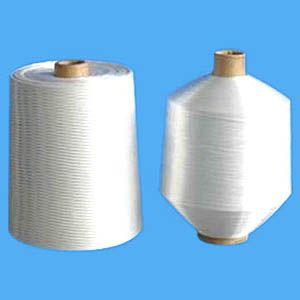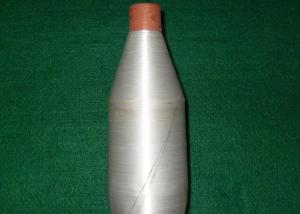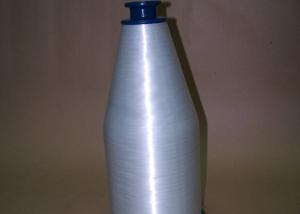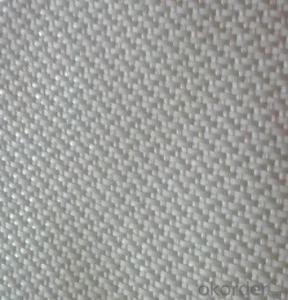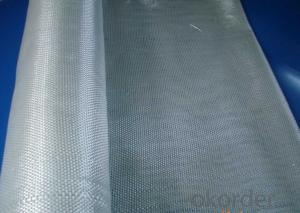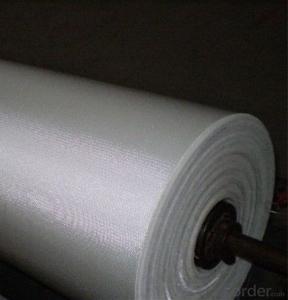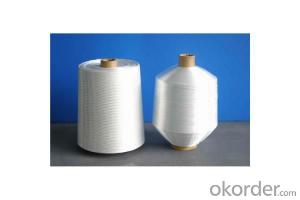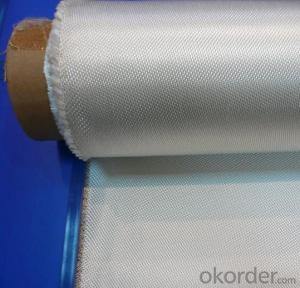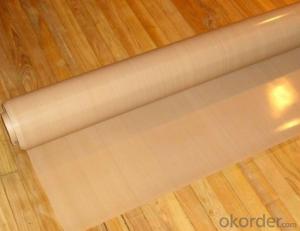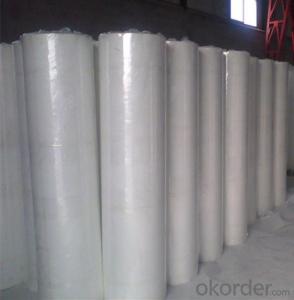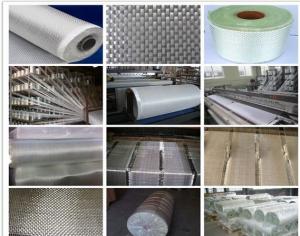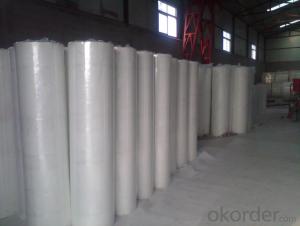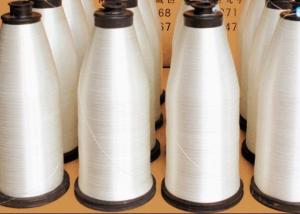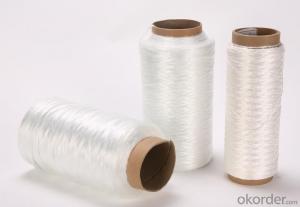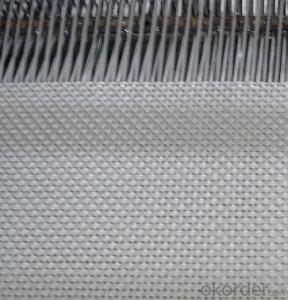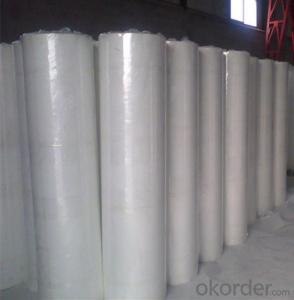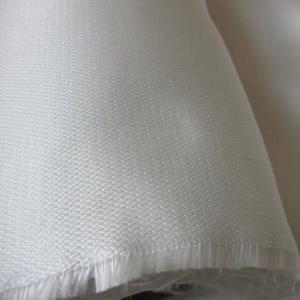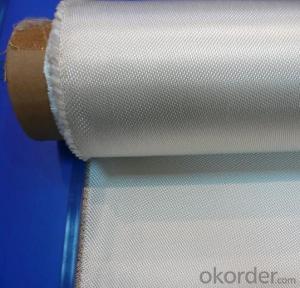Fiberglass Yarn Reinforced Fiberglass Fabric of Different Specifications
- Loading Port:
- Shanghai
- Payment Terms:
- TT OR LC
- Min Order Qty:
- 500 m²
- Supply Capability:
- 50000 m²/month
OKorder Service Pledge
OKorder Financial Service
You Might Also Like
Fiberglass Fabric of Different Specification
Fiberglass Fabric Introduction:
Fiberglass fabric is weaved by high quality fiberglass,as a kind of engineering material,which is
many excellent characteristics:
flame-resisting,corrosion resistant,high strength,heat resistance.stable structure,good chemical resistance,durability.
Fiberglass Fabric Features:
Warp and weft yarns are parallel arrangement as flat situation, with uniform tension;
Fiber is aligned with large consistency, stable and easy operation;
Good moldability, fast and complete wet out in resins, resulting in high productivity;
Good transparency and high strength of composite products.
Fiberglass Fabric Specification:
mark | Fiber consistency(ends/ cm) |
Area weight (g/ m2) |
Thick-ness (mm) |
Width (cm) |
Length (mm) | Breaking strength(N)≥ |
weave | |||
Warp direction | Weft direction | Warp direction | Weft direction | |||||||
EW200 | 16 | 12 | 200±20 | 0.2 | 90-130 | 300-1200 | 980 | 980 | ||
EW210 | 16 | 12 | 200±20 | 0.21 | 90-130 | 300-1200 | 1080 | 1080 | Twill weave | |
Plain weave | ||||||||||
EWR360 | 3.2 | 1.8 | 354±18 | 0.35 | 50-300 | 100 | 2000 | 2000 | ||
EW280 | 16 | 10 | 280±28 | 0.26 | 90-130 | 300-1200 | 1800 | 1800 | ||
EW300 | 14 | 10 | 320±32 | 0.3 | 90-130 | 300-1200 | 1500 | 1500 | ||
EW430 | 20 | 12 | 420±42 | 0.43 | 90-130 | 300-1200 | 2000 | 2000 | Broken twill | |
EWR136 | 10 | 10 | 136±13 | 0.136 | 100 | 200 | 850 | 850 |
Plain weave | |
EWR200 | 8 | 7 | 200±20 | 0.21 | 100 | 200 | 1200 | 1200 | ||
EWR400 | 3.6 | 3.2 | 400±30 | 0.4 | 100 | 50-100 | 2500 | 2500 | ||
EWR600 | 2.6 | 2.5 | 600±50 | 0.6 | 100 | 40KG | 4000 | 4000 | ||
EWR580 | 2.5 | 2.3 | 576±29 | 0.58 | 100 | 40KG | 3850 | 3850 | ||
EWR800 | 1.8 | 1.8 | 800±60 | 0.8 | 100 | 40KG | 4600 | 4600 | ||
Product Show
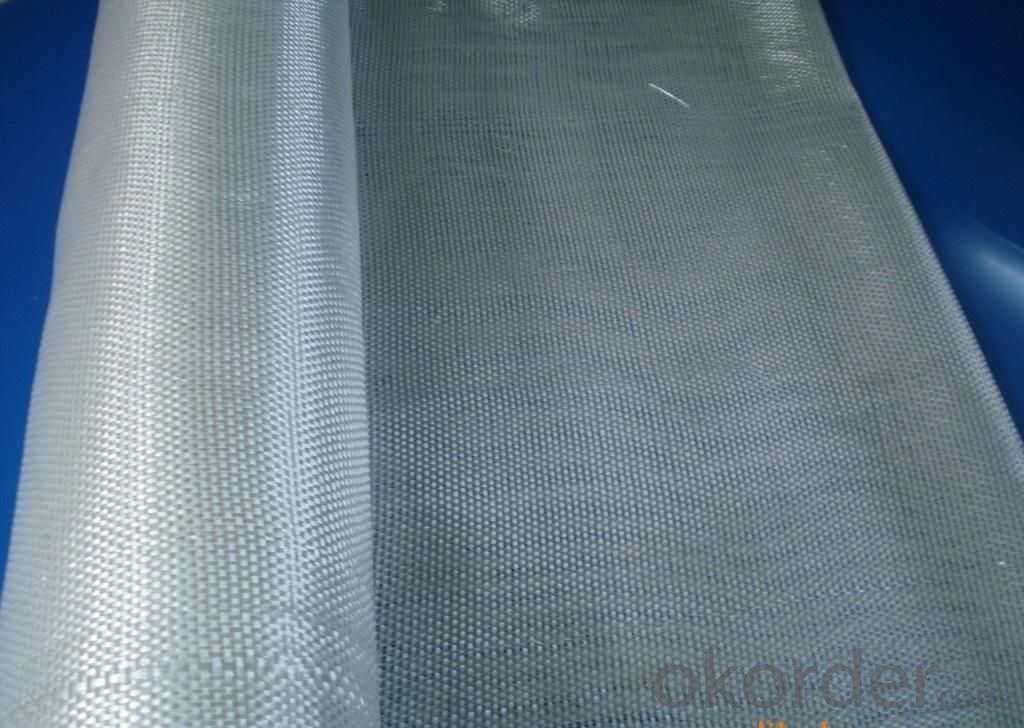
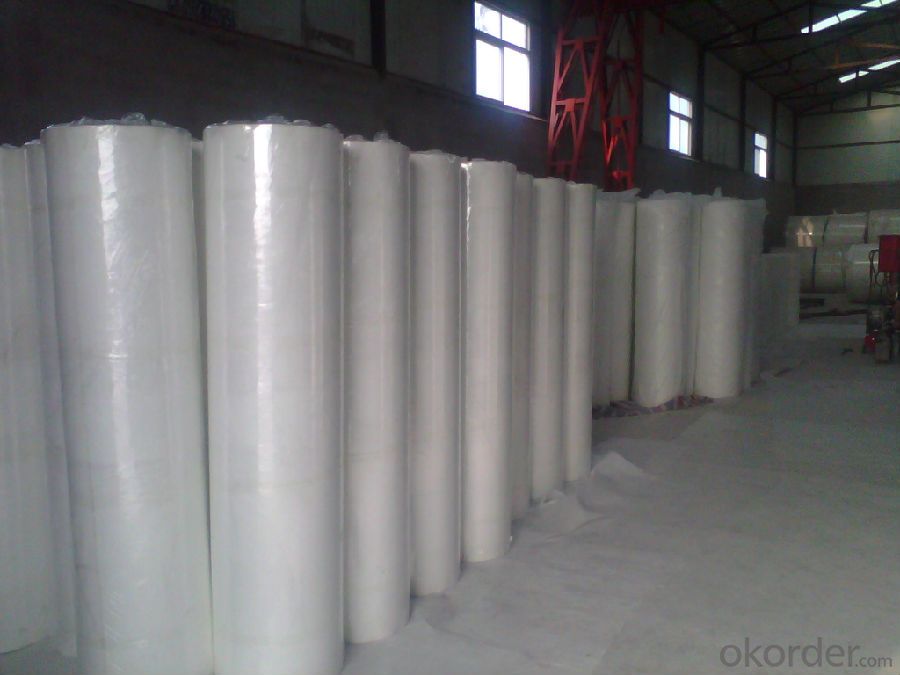
Fiberglass Fabric Usage:
E-glass woven roving is a schistose double faces reinforcement fabric that is weaved into from roving in directly.
E-glass fiber fabric (thin fabrics with thickness from 0.025 to 0.09mm) is suitable for electrical isolation mica product, wax cloth as the reinforcement materials.
E-glass woven roving applys to all kinds of polyester reinforcement system, (such as unsaturated polyester resin, vinylite,epoxy resin and phenolic resin.
E-glass woven roving is a high performance reinforcement material. It is widely used in hand lay-up and machinery processing products, (such as vessel, container, airplane and vehicle component, furniture, athletic facilities and other industry.
FAQ
1.Package of Fiberglass Fabric?
Fiberglass fabric is wound on a paper tube with inner diameters of 50. 8, 76 or 152mm. Each roll is wrapped in a plastic bag, then to be packed in a carton box. The rolls are to be horizontally placed.
Width (cm): 90, 100, 127
Length (m): 100, 200, 300, 400
2.Storage of Fiberglass Fabric?
Store rolls in a cool, dry location
Protect rolls from weather and other damage.
3.If sample available if needed?
We aim to offer our customer best Products&Service,samples are allowed if necessary.
- Q: Is fiberglass yarn suitable for 3D printing?
- Yes, fiberglass yarn is suitable for 3D printing. It is a strong and durable material that can be used to create robust and heat-resistant prints. However, it is important to note that the printing process may require specific settings and precautions due to the abrasive nature of fiberglass yarn.
- Q: Can fiberglass yarn be composted?
- No, fiberglass yarn cannot be composted as it is not biodegradable.
- Q: Is fiberglass yarn resistant to impact or shock?
- Yes, fiberglass yarn is known for its high resistance to impact and shock.
- Q: Can fiberglass yarn be used in gaskets and seals?
- Yes, fiberglass yarn can be used in gaskets and seals. It is commonly used in these applications due to its high temperature resistance, excellent chemical resistance, and durability. Fiberglass yarn helps provide strength, flexibility, and a reliable seal in various industrial and automotive sealing applications.
- Q: How does fiberglass yarn affect the environment?
- Like any other production material, fiberglass yarn has both positive and negative environmental impacts. On the positive side, fiberglass is derived from abundant natural minerals like silica, limestone, and soda ash, making it a relatively sustainable resource compared to petroleum-based synthetic fibers. However, the manufacturing process of fiberglass yarn involves energy-intensive activities such as melting, extrusion, and weaving, which contribute to greenhouse gas emissions and climate change. Additionally, improper extraction of raw materials can lead to habitat destruction and soil erosion. Furthermore, fiberglass yarn is non-biodegradable and can persist in the environment, potentially contributing to microplastic pollution. Nevertheless, it is important to note that fiberglass is commonly used in durable applications like insulation, where the material is less likely to be released into the environment. To minimize the environmental impact of fiberglass yarn, manufacturers can adopt sustainable practices such as utilizing renewable energy sources, implementing efficient production methods, and actively recycling and reusing scrap materials. Additionally, consumers can make conscious choices by opting for products made from recycled fiberglass or exploring alternatives to fiberglass when possible. Overall, while fiberglass yarn has its environmental drawbacks, it also offers benefits in terms of resource availability and durability. By embracing responsible manufacturing practices and promoting sustainable consumption, the negative effects of fiberglass yarn on the environment can be reduced.
- Q: Can fiberglass yarn be used for making scarves?
- Yes, fiberglass yarn can be used for making scarves. However, it is not a commonly used material for scarves as it may not provide the desired comfort and warmth compared to traditional yarns like wool or acrylic. Additionally, fiberglass yarn can be irritating to the skin and may cause discomfort if not handled properly.
- Q: Can fiberglass yarn be used for reinforcement purposes?
- Yes, fiberglass yarn can be used for reinforcement purposes. Fiberglass yarn is known for its high strength and durability, making it an ideal material for reinforcing various products and materials. It is commonly used in the construction industry to reinforce concrete, as well as in the production of fiberglass composites for applications such as automotive parts, boat hulls, and aerospace components. Fiberglass yarn can also be used to reinforce fabrics, ropes, and cables, providing them with increased strength and resistance to tearing or breaking. Overall, fiberglass yarn is a versatile material that can effectively enhance the mechanical properties of various products when used for reinforcement purposes.
- Q: Is fiberglass yarn resistant to weathering or UV degradation?
- Fiberglass yarn exhibits a remarkable resistance to weathering and UV degradation, making it highly durable and capable of enduring harsh environmental conditions. Comprised of glass fiber strands, this material boasts exceptional resilience against sunlight, moisture, and extreme temperatures. Unlike numerous materials, which succumb to degradation and weakening due to UV radiation, fiberglass yarn is meticulously designed to withstand such damage. Consequently, it is an optimal option for applications necessitating prolonged outdoor exposure, including reinforcing concrete in the construction sector, fabricating outdoor textiles, and manufacturing a range of industrial goods.
- Q: Can fiberglass yarn be used in construction materials?
- Yes, fiberglass yarn can be used in construction materials. Fiberglass yarn is made from thin fibers of glass that are spun together to form a strong and durable material. It is commonly used in the construction industry for reinforcing and strengthening various materials such as concrete, plaster, and asphalt. When added to these materials, fiberglass yarn helps to increase their tensile strength, improve their resistance to cracking and shrinkage, and enhance their overall durability. It is often used in the production of fiberglass-reinforced concrete (GRC) panels, which are commonly used in architectural elements such as facades, cladding, and decorative structures. Additionally, fiberglass yarn can also be used in the production of insulation materials, roofing materials, and reinforcement fabrics for various construction applications. Overall, fiberglass yarn is a versatile and reliable material that offers numerous benefits in the construction industry.
- Q: Can fiberglass yarn be used for making shower curtains?
- Yes, fiberglass yarn can be used for making shower curtains. Fiberglass is a strong and durable material that is resistant to moisture, making it an ideal choice for shower curtains. It is also easy to clean, resistant to mold and mildew, and has a long lifespan. Additionally, fiberglass yarn can be woven into different patterns and designs, allowing for a wide range of options for shower curtain aesthetics.
Send your message to us
Fiberglass Yarn Reinforced Fiberglass Fabric of Different Specifications
- Loading Port:
- Shanghai
- Payment Terms:
- TT OR LC
- Min Order Qty:
- 500 m²
- Supply Capability:
- 50000 m²/month
OKorder Service Pledge
OKorder Financial Service
Similar products
Hot products
Hot Searches
Related keywords
